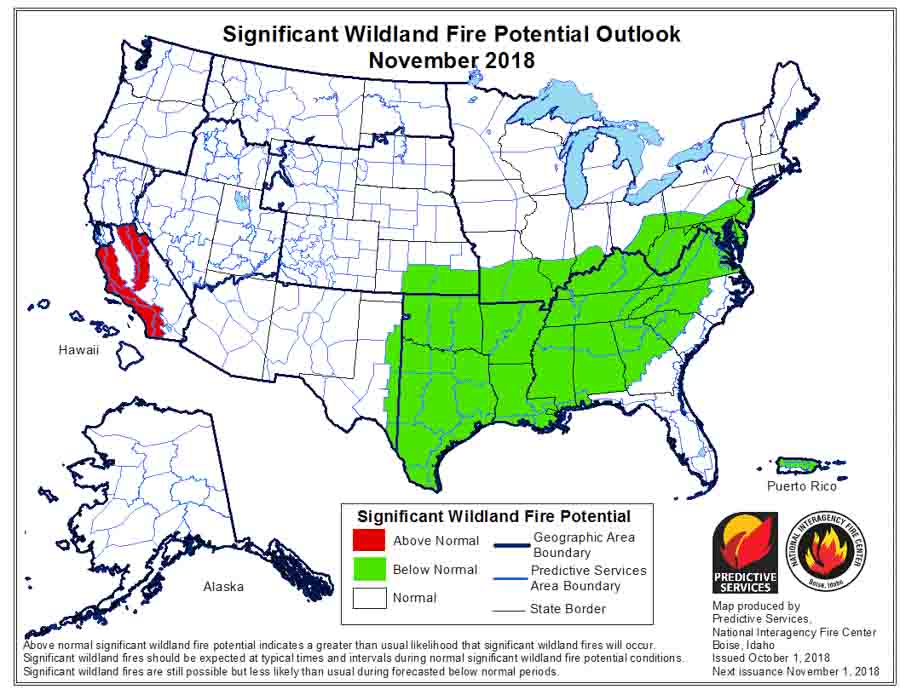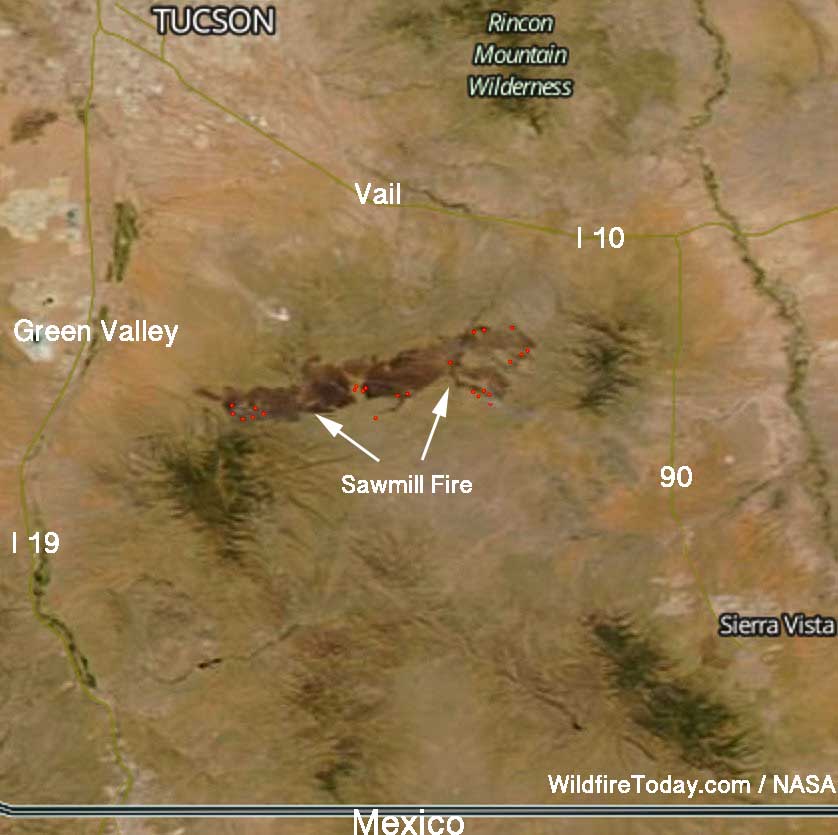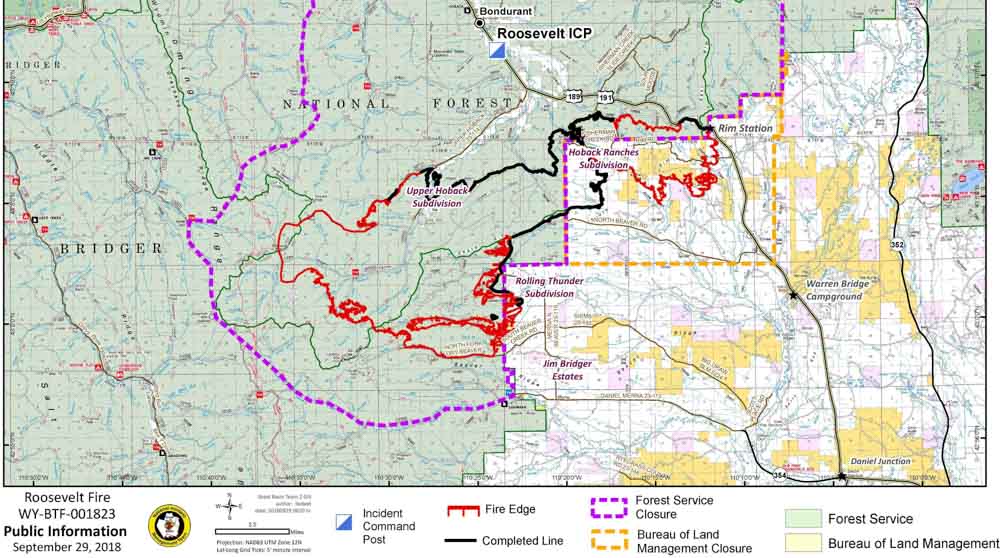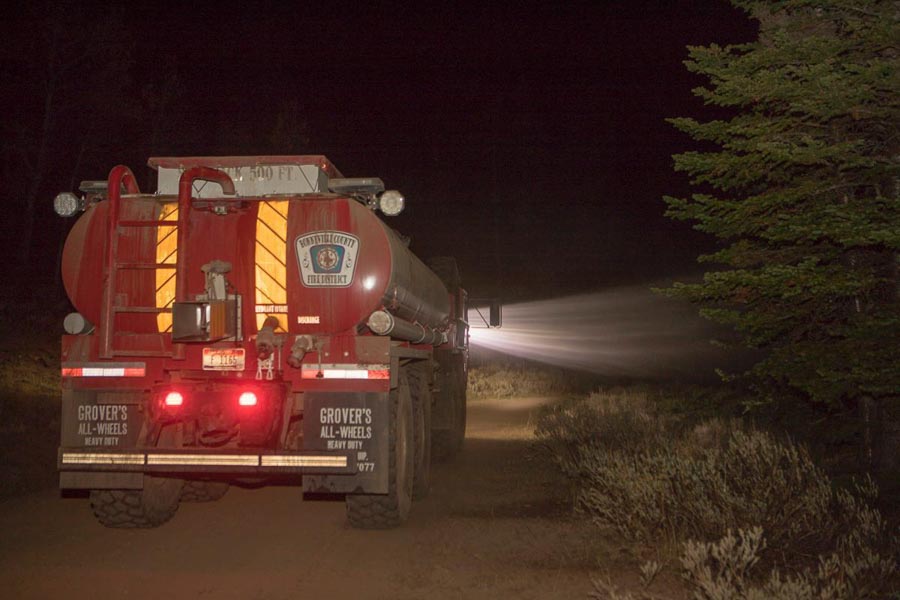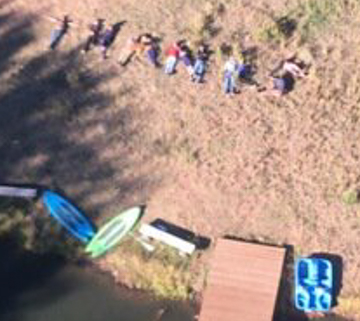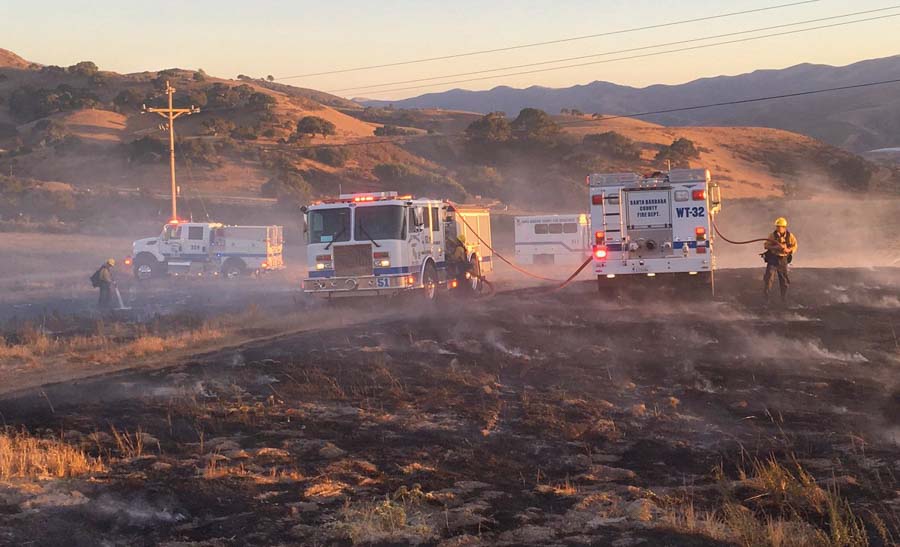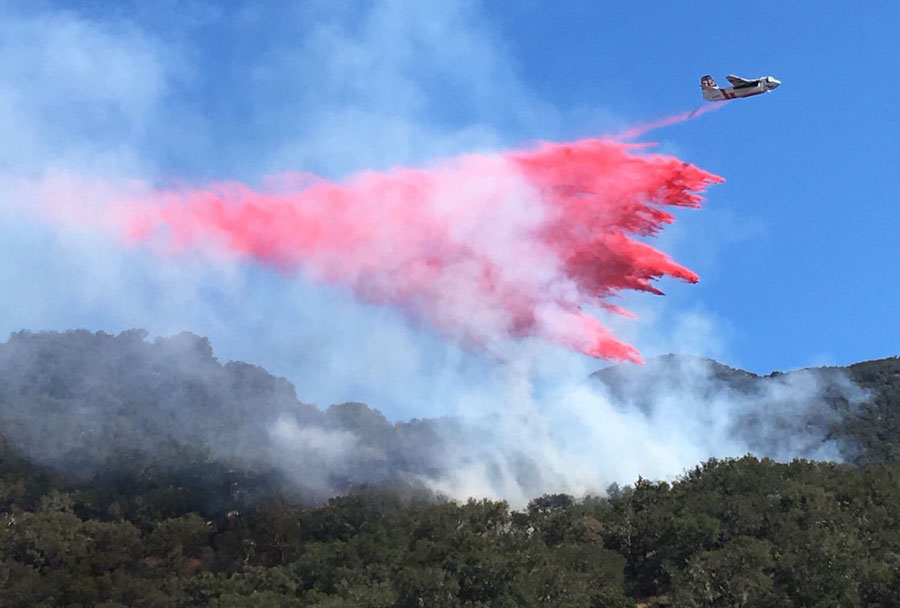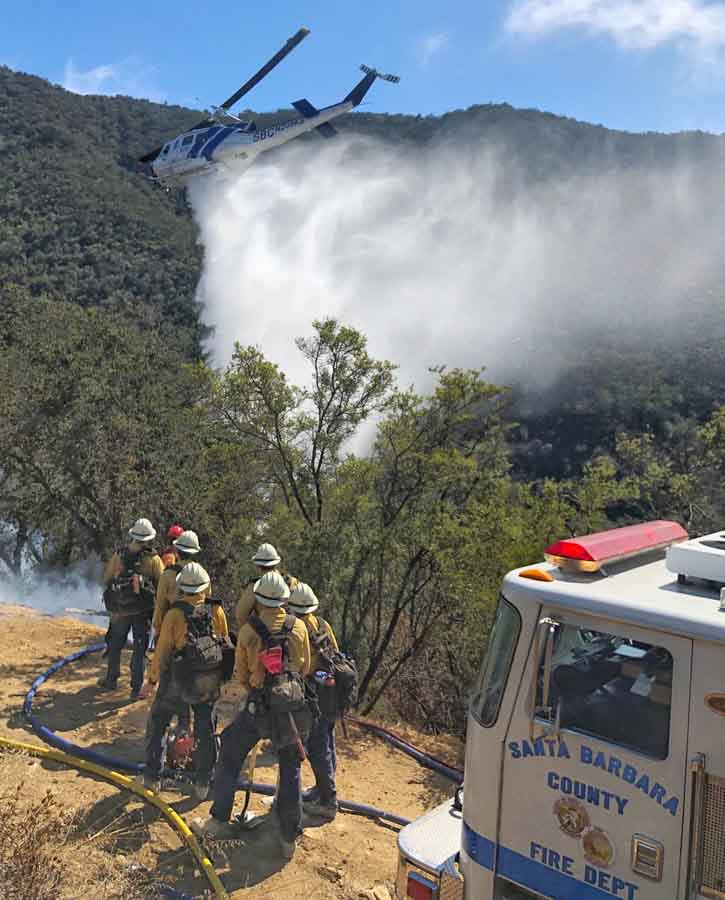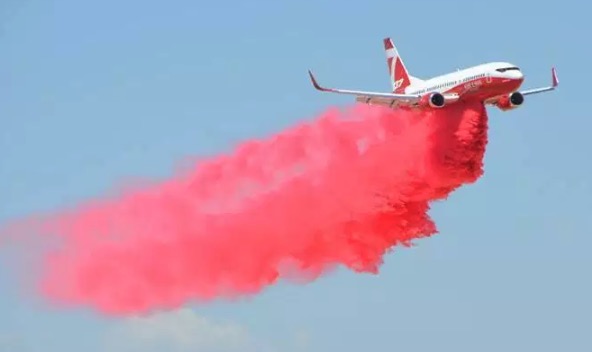
(This was first published at Fire Aviation)
Australia’s National Aerial Firefighting Centre (NAFC) has virtually settled on its lineup of the country’s firefighting aircraft for the 2018-2019 bushfire season which is getting underway. It was just a few years ago that they had no large air tankers, but this season they will have six privately owned large air tankers on contract, including three RJ85s, two C-130Qs, and one 737.
Large air tankers:
- RJ85, T-165 (Aeroflite/Conair via FieldAir) based in Sydney (Richmond) – already in place;
- B-737, T-137 (Coulson) based in Sydney (Richmond) – subject to regulatory approvals;
- RJ85, T-166 (Aeroflite/Conair via FieldAir) based in Sydney (Richmond)/Dubbo;
- C-130Q, T-134 (Coulson) based in Sydney (Richmond) – already in place. (This is an “extra” for the 2018-19 season only, considering the predicted above-normal potential of the fire season on the east coast of Australia);
- RJ85, T-163 (Aeroflite/Conair via FieldAir) based in Melbourne (Avalon);
- C-130Q, T-131 (Coulson) based in Melbourne (Avalon)
Coulson’s recently converted 737 just went through its first flight tests for the U.S. Interagency Airtanker Board in September, dropping retardant into a grid of hundreds of cups on the ground. For it to be used in Australia it must first receive their regulatory approvals.
Single Engine Air Tankers
In addition, NAFC will have 51 Single Engine Air Tankers (SEATs) on contract across the country, including 2 amphibious water-scooping Fire Bosses. Another 8 SEATs have been contracted directly by State agencies. The SEATs can also be supplemented by other aircraft on Call When Needed (CWN) arrangements if required.
Helicopters
There will be 77 Helicopters of all types for a variety of roles across the country. This includes six Erickson S-64E Air Cranes, as well as five Type 2 /Type 3 helicopters that will be specially equipped for intelligence gathering, with gimbaled sensors and on-board image processing, mapping, and transmission gear.
Night flying helicopters
Near the end of the 2017-2018 bushfire season the Aussies experimented with dropping water from helicopters at night in Victoria.
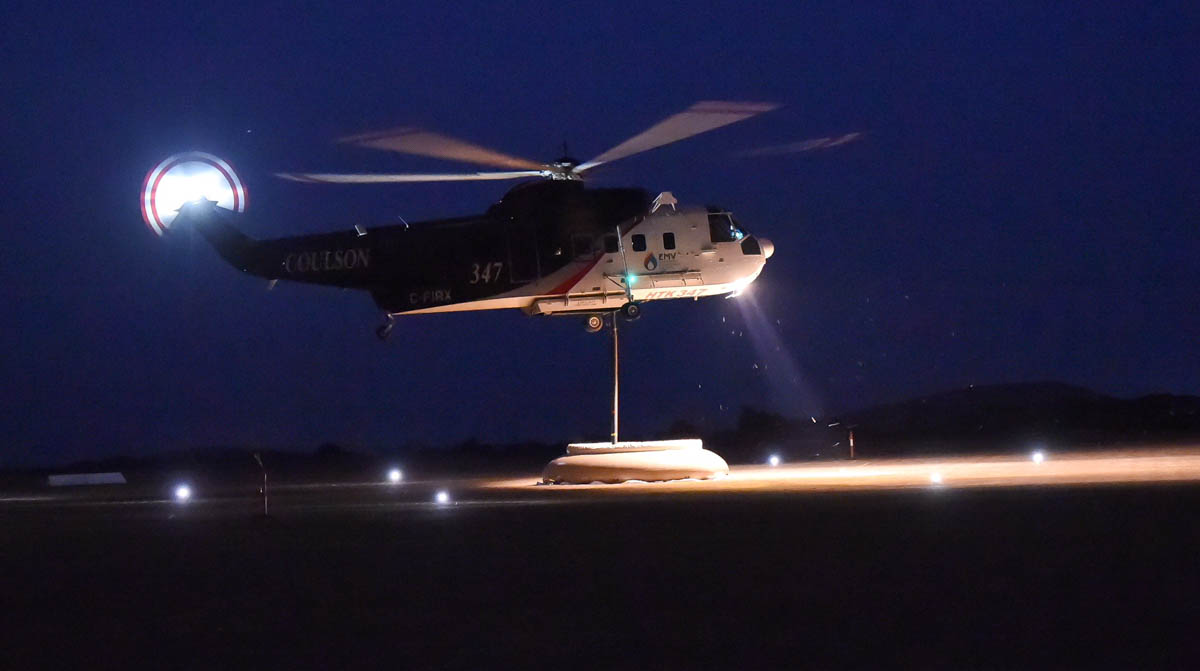
This season one Type 1 helicopter (a Coulson S-61) based at Ballarat, Victoria and one Type 2 helicopter (a Kestrel Aviation Bell 412) based at Mangalore, Victoria will have a Night Vision Imaging Systems or Night Vision Goggles (NVIS/NVG) for water dropping. Several other Type 2 and Type 3 helicopters based in Victoria and New South Wales will be capable of NVIS mapping, reconnaissance, supervision and aerial ignition.
“We aim to continue and extend the helicopter NVIS firebombing trial in Victoria, operationalizing the learnings from the Victorian trial earlier this year, but it will be in small, careful steps” Richard Alder, General Manager of NAFC said. “At this stage”, he continued, “it is anticipated that night firebombing will only occur on fires where the aircraft crew has operated during the day – so at this stage there won’t be any initial attack at night.”
Night flying air tanker
Mr. Alder said they may experiment toward the end of the 2018/2019 bushfire season with a fixed wing large airtanker (the C-130Q, T-131) using NVIS/NVG, but there is much work still to be done to design the trial and obtain the necessary regulatory approvals.
Continue reading “Australia hires six large air tankers for their bushfire season”


